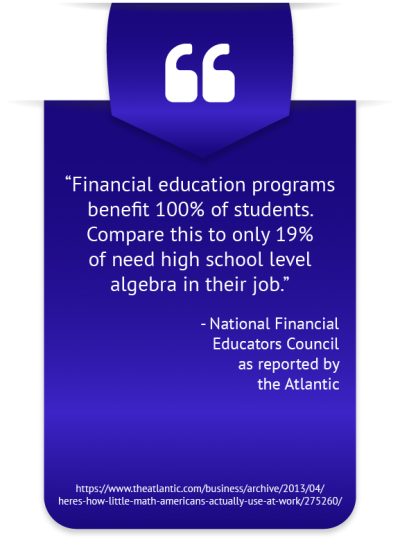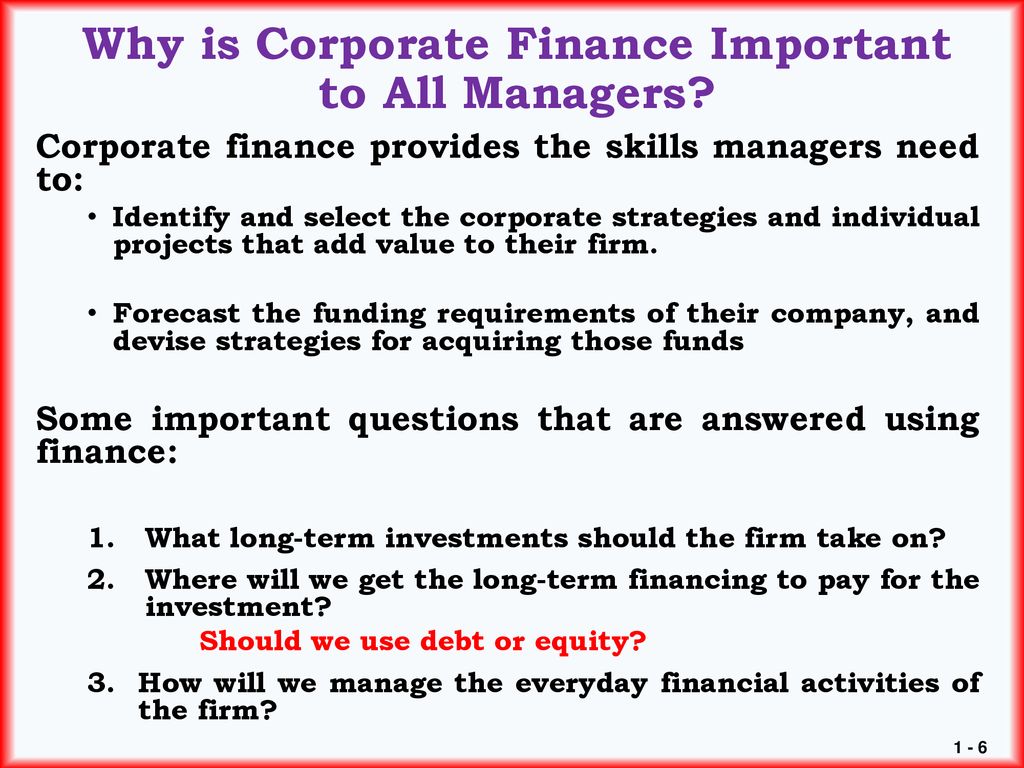Table of Contents8 Simple Techniques For What Is A Bond Finance Rt511What Does Which Of These Is An Element Of A Bond Personal Finance Do?The Ultimate Guide To What Is New Mexico Activities Or Expenditures Do The Bond Issues FinanceIndicators on A City Could Issue Which Type Of Bond? Quizlet You Need To Know
In finance, a bond is an instrument of insolvency of the bond provider to the holders. The most typical kinds of bonds consist of community bonds and business bonds. Bonds can be in mutual funds or can be in private investing where an individual would provide a loan to a business or the government.
Interest is usually payable at fixed intervals (semiannual, annual, often month-to-month). Very frequently the bond is flexible, that is, the ownership of the instrument can be transferred in the secondary market. This indicates that once the transfer agents at the bank medallion mark the bond, it is highly liquid on the secondary market.
Bonds provide the customer with external funds to fund long-term investments, or, when it comes to federal government bonds, to fund existing expense. Certificates of deposit (CDs) or short-term industrial paper are considered [] to be cash market instruments and not bonds: the primary difference is the length of the term of the instrument.
Being a lender, bondholders have priority over investors. This means they will be paid back in advance of shareholders, but will rank behind safe financial institutions, in the occasion of personal bankruptcy. Another difference is that bonds normally have actually a specified term, or maturity, after which the bond is redeemed, whereas stocks generally remain outstanding forever.
In English, the word "bond" relates to the etymology of "bind". In the sense "instrument binding one to pay a sum to another"; usage of the word "bond" dates can i rent out my timeshare from at least the 1590s. Bonds are issued by public authorities, credit institutions, business and supranational institutions in the primary markets.
When a bond issue is underwritten, several securities companies or banks, forming a distribute, purchase the whole issue of bonds from the company and re-sell them to investors. The security firm takes the threat of being not able to offer on the concern to end financiers. Main issuance is arranged by who organize the bond concern, have direct contact with financiers and serve as advisors to the bond issuer in terms of timing and cost of the bond problem.
The bookrunners' willingness to underwrite need to be gone over prior to any choice on the regards to the bond concern as there may be restricted need for the bonds. On the other hand, government bonds are typically released in an auction. In many cases, both members of the public and banks may bid for bonds.
What Does How Do I Calculate The Yield To Call Of A Bond Using Business Finance Online Do?
The general rate of return on the bond depends on both the terms of the bond and the price paid. The terms of the bond, such as the coupon, are fixed beforehand and the rate is figured out by the market. When it comes to an underwritten bond, the underwriters will charge a cost for underwriting.
Bonds sold directly to purchasers may not be tradeable in the bond market. Historically an alternative practice of issuance was for the loaning federal government authority to issue bonds over a period of time, typically at a repaired cost, with volumes offered on a particular day dependent on market conditions. This was called a tap problem or bond tap.
Treasury Bond Nominal, principal, par, or face amount is the amount on which the issuer pays interest, and which, most commonly, needs to be repaid at the end of the term. Some structured bonds can have a redemption amount which is various from the face quantity and can be connected to the efficiency of particular possessions.
As long as all due payments have been made, the provider has no more responsibilities to the bond holders after the maturity date. The length of time until the maturity date is frequently referred to as the term or tenor or maturity of a bond. The maturity can be any length of time, although debt securities with a term of less than one year are usually designated cash market instruments rather than bonds.
Some bonds have been released with terms of 50 years or more, and historically there have actually been some concerns with no maturity date (irredeemable). In the market for United States Treasury securities, there are 4 classifications of bond maturities: short-term (costs): maturities between zero and one year; medium term (notes): maturities in between one and 10 years; long term (bonds): maturities between ten and thirty years; Continuous: no maturity Period.

For fixed rate bonds, the coupon is repaired throughout the life of the bond. For floating rate notes, the voucher differs throughout the life of the bond and is based upon the movement of a cash market referral rate (often LIBOR). Historically, vouchers were physical accessories to the paper bond certificates, with each coupon representing an interest payment.
Today, interest payments are generally paid electronically. Interest can be paid at various frequencies: typically semi-annual, i.e. every 6 months, or annual. The yield is the rate of return gotten from purchasing the bond. It usually refers either to: The current yield, or running yield, which is just the annual interest payment divided by the existing market cost of the bond (typically the tidy rate).
The 4-Minute Rule for What Is Zero Coupon Bond http://franciscoaxdu245.trexgame.net/h1-style-clear-both-id-content-section-0-4-easy-facts-about-what-is-a-derivative-in-com-finance-described-h1 In Finance
Because it takes into account the present value of a bond's future interest payments, it is a more accurate procedure of the return on a bond than current yield. The quality of the concern refers to the likelihood that the shareholders will get the quantities assured at the due dates.
This will depend on a large variety of elements. High-yield bonds are bonds that are ranked listed below investment grade by the credit ranking agencies. As these bonds are riskier than investment grade bonds, investors anticipate to earn a higher yield. These bonds are likewise called scrap bonds. The marketplace rate of a tradable bond will be influenced, to name a few aspects, by the amounts, currency and timing of the interest payments and capital repayment due, the quality of the bond, and the available redemption yield of other similar bonds which can be traded in the marketplaces - what is bond rating finance.
" Dirty" consists of today worth of all future cash flows, consisting of accumulated interest, and is most typically utilized in Europe. "Tidy" does not include accumulated interest, and is most often used in the U.S. The concern rate at which financiers buy the bonds when they are very first issued will normally be around equivalent to the small quantity.
The marketplace cost of the bond will vary over its life: it may trade at a premium (above par, normally since market interest rates have fallen since issue), or at a discount (price below par, if market rates have actually risen or there is a high likelihood of default on the bond).
Covenants specify the rights of bondholders and the duties of providers, such as actions that the company is obligated to carry out or is restricted from carrying out - how to find a specific bond in yahoo finance. In the U.S., federal and state securities and commercial laws apply to the enforcement of these arrangements, which are construed by courts as agreements between issuers and bondholders.
Optionality: Periodically a bond may consist of an embedded choice; that is, it grants option-like functions to the holder or the provider: CallabilitySome bonds give the provider the right to pay back the bond prior to the maturity date on the call dates; see call choice. These bonds are referred to as callable bonds.

With some bonds, the company has to pay a premium, the so-called call premium. This is primarily the case for high-yield bonds. These have extremely stringent covenants, limiting the issuer in its operations. To be complimentary from these covenants, the provider can pay back the bonds early, however only at a high cost.
All About What Is A Bond Finance Quizlet
These are described as retractable or putable bonds. Call dates and put datesthe dates on which callable and putable bonds can be redeemed early. There are 4 main categories: A Bermudan callable has a number of call dates, generally accompanying coupon dates. A European callable has only one call date.
An American callable can be called at any time up until the maturity date. A death put is an optional redemption feature on a debt instrument enabling the recipient of the estate of a deceased shareholder to put (sell) the bond back to the issuer at stated value in the occasion of the bondholder's death or legal incapacitation.